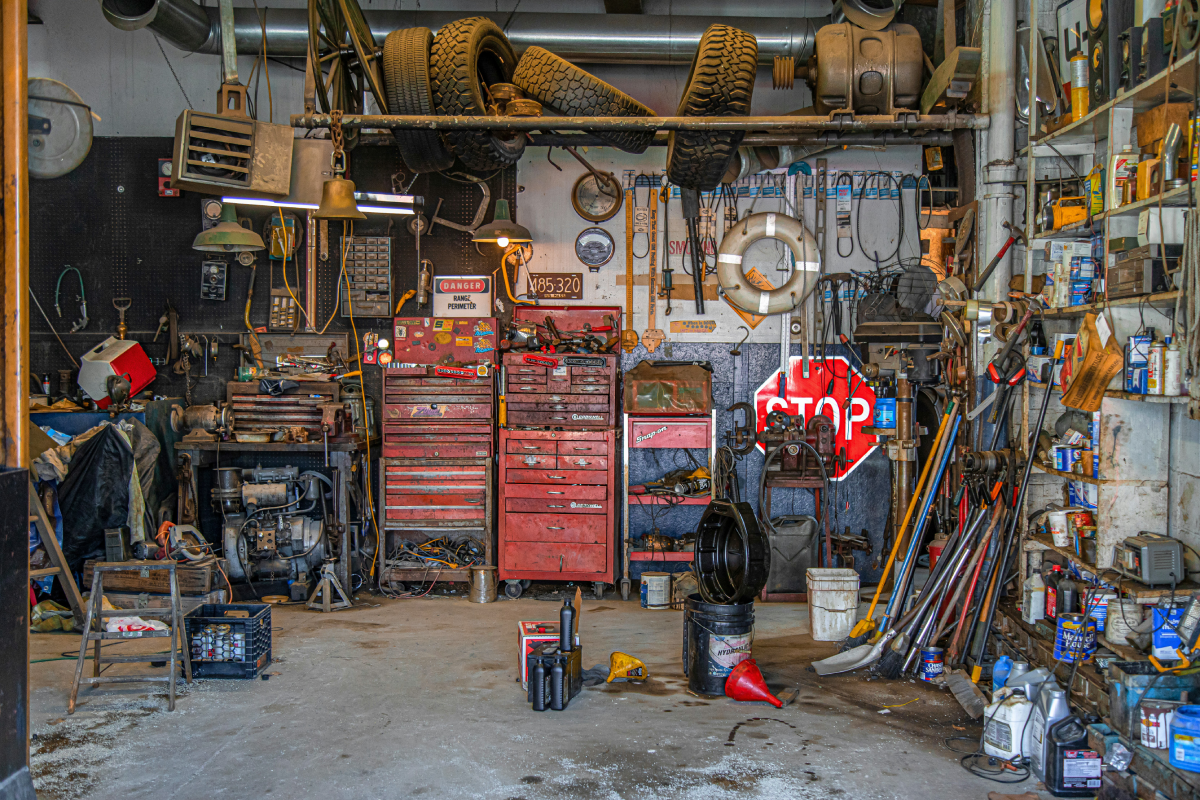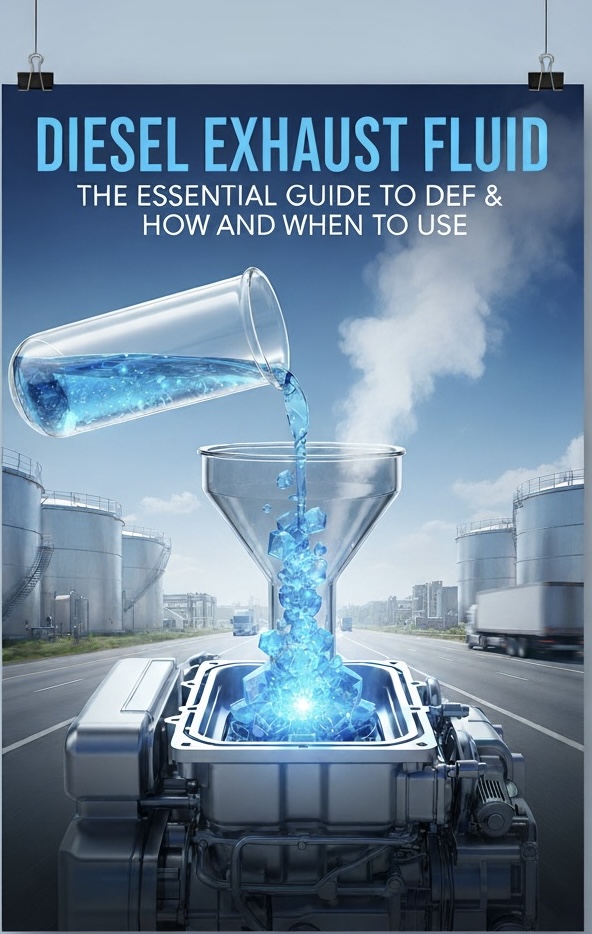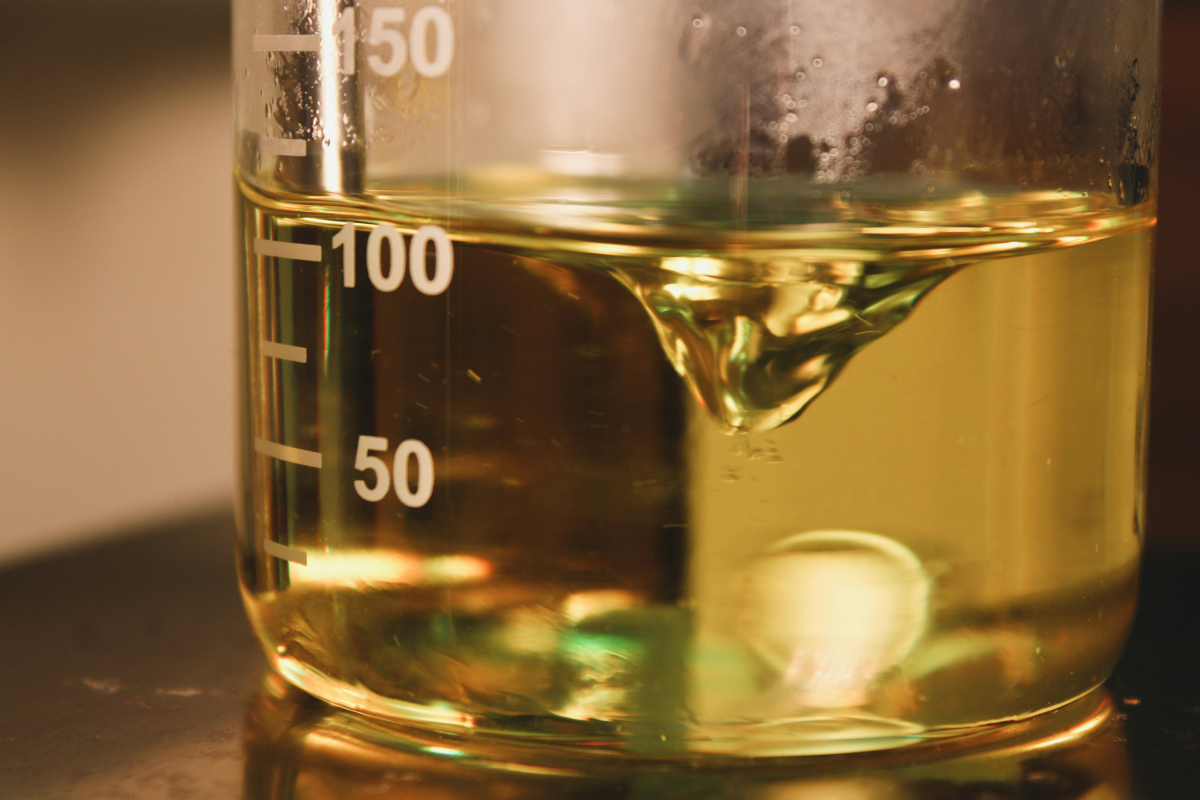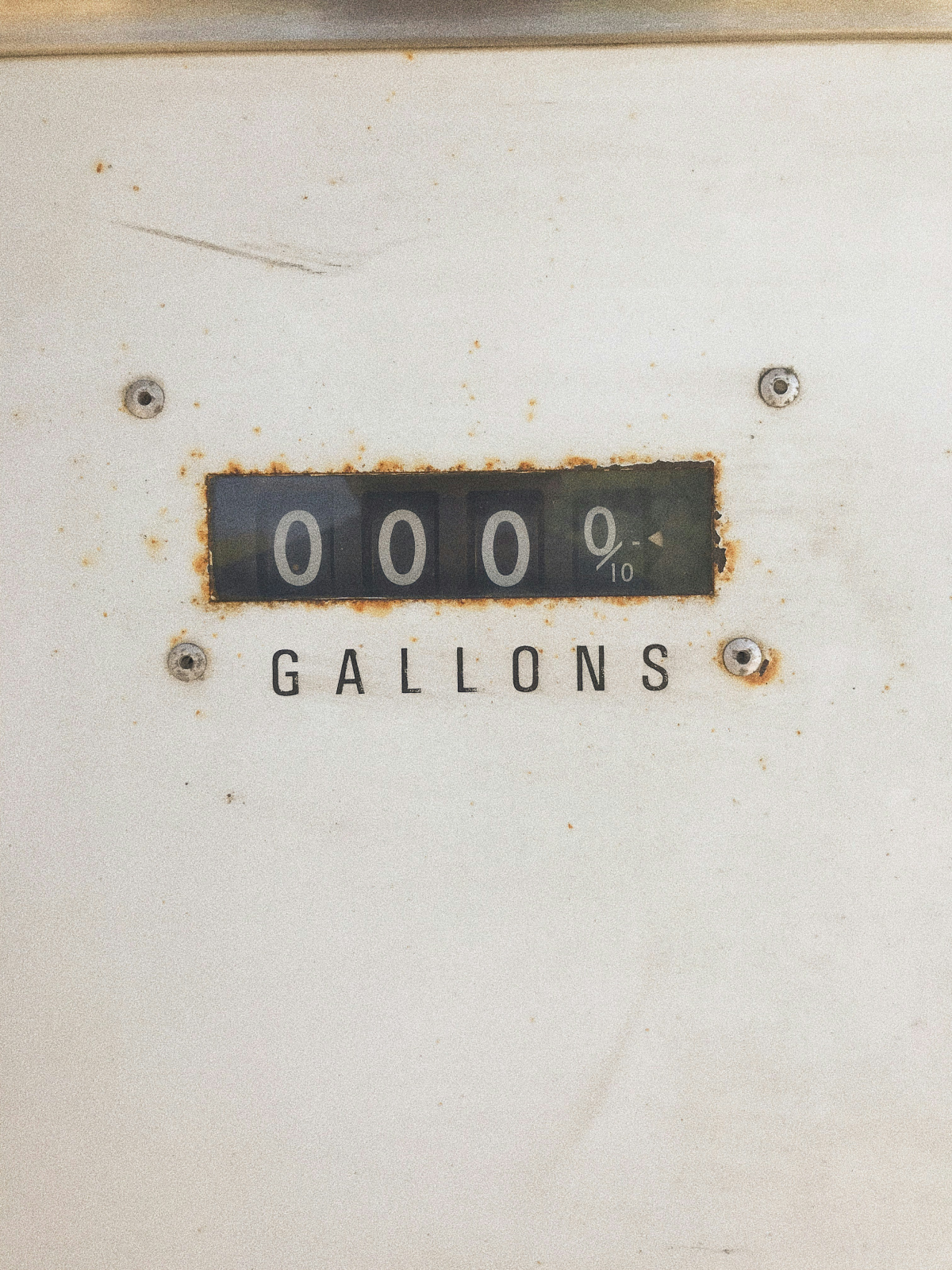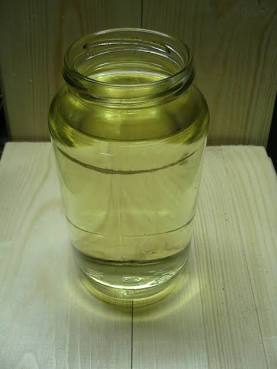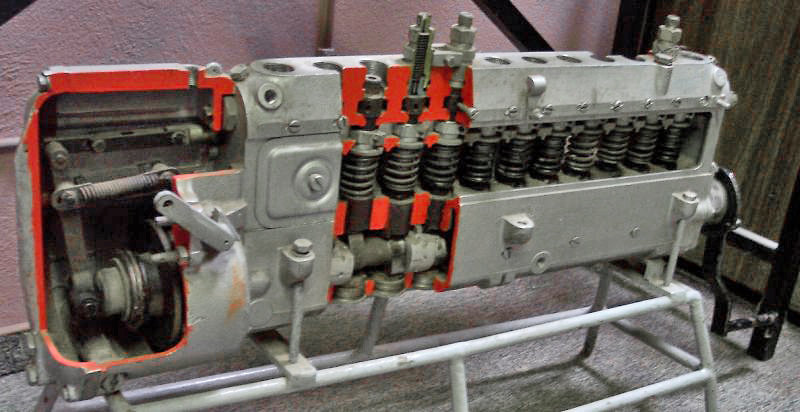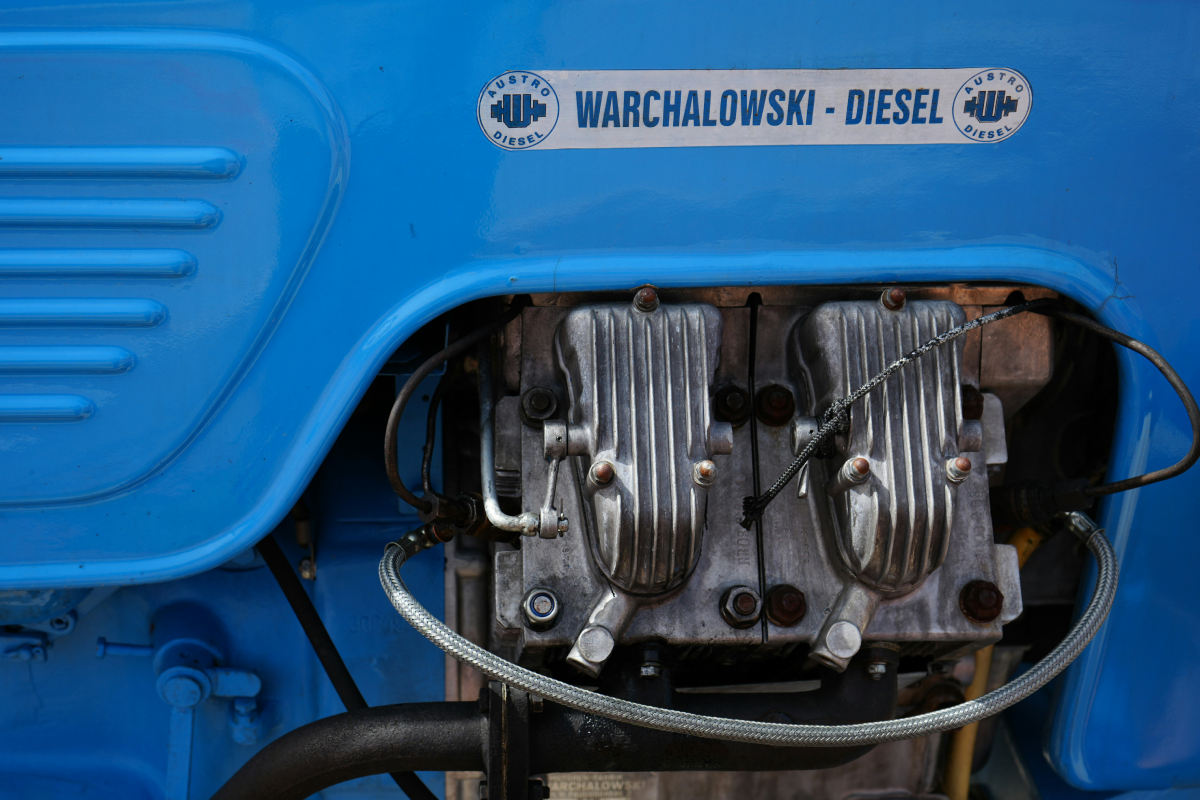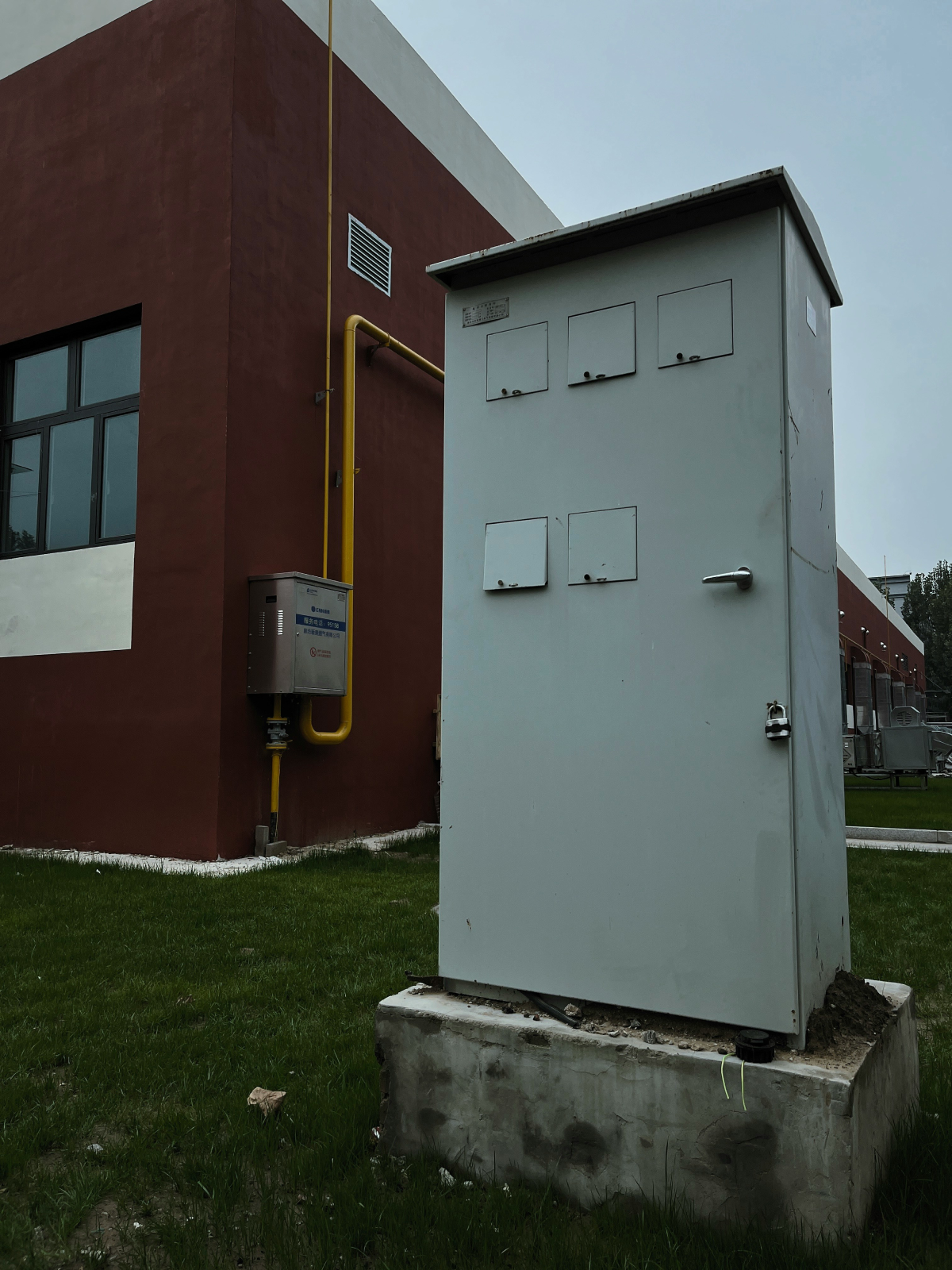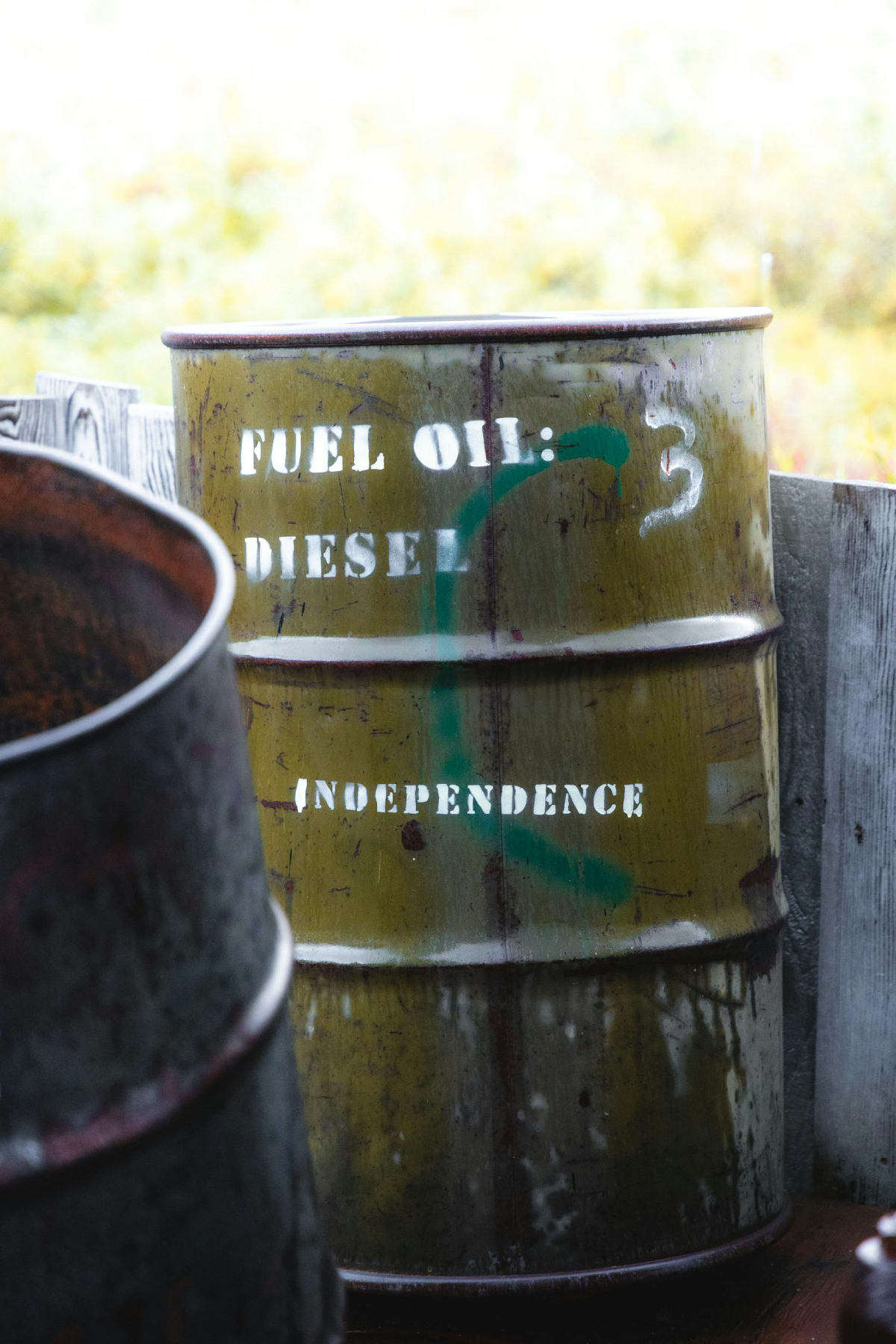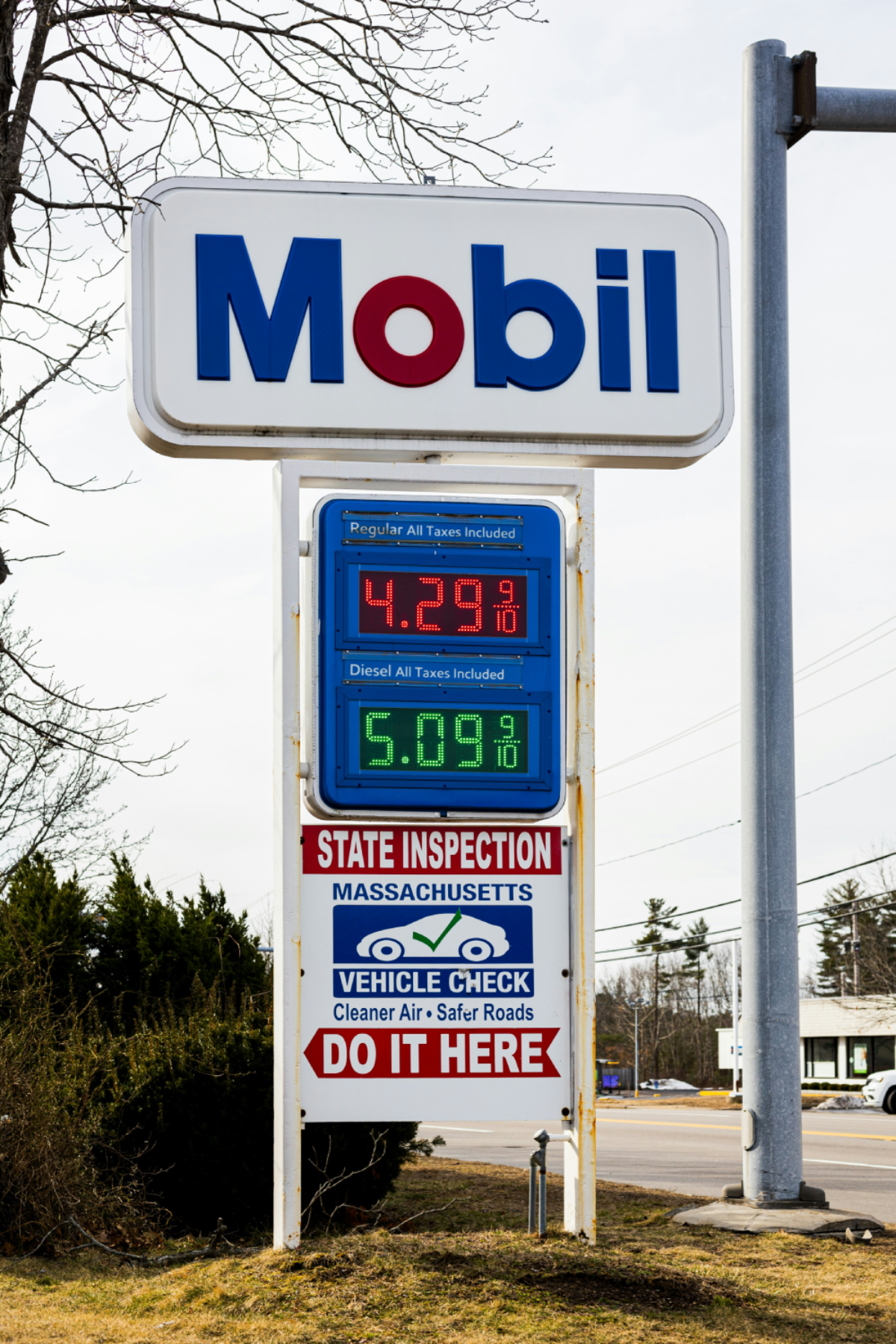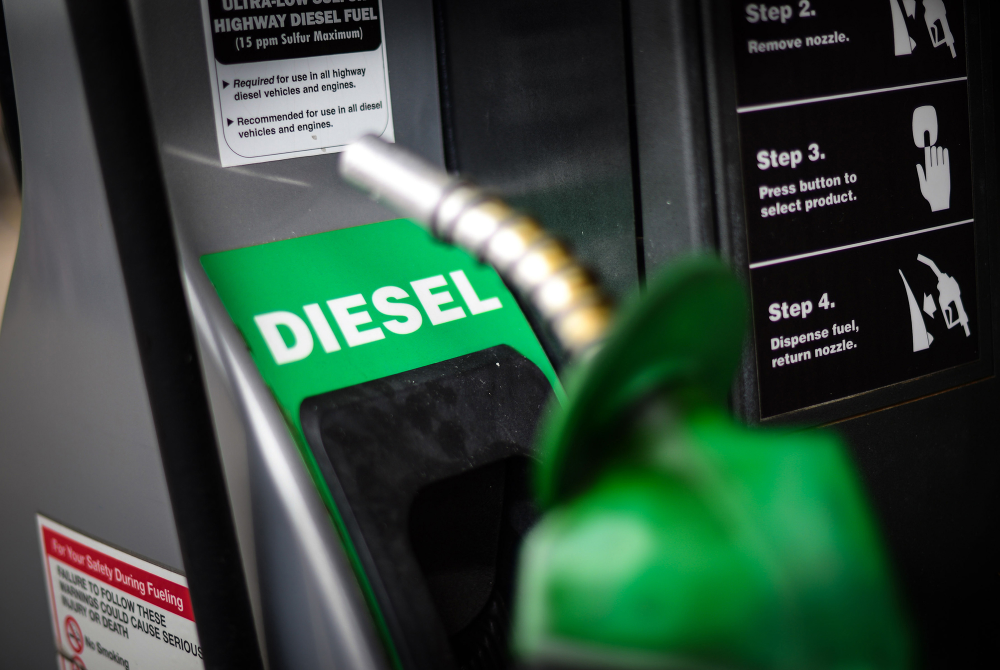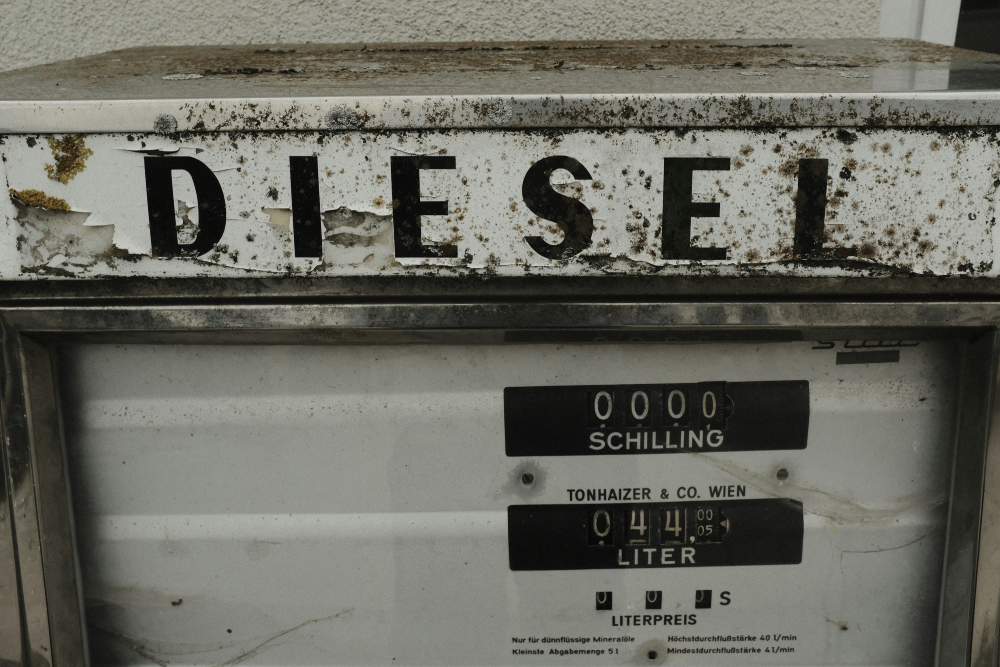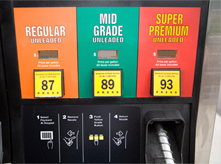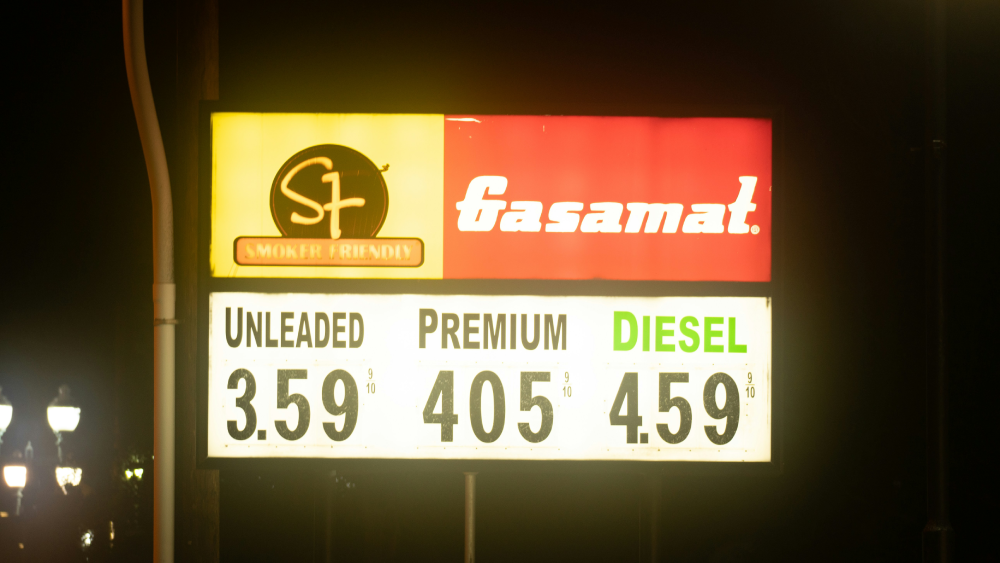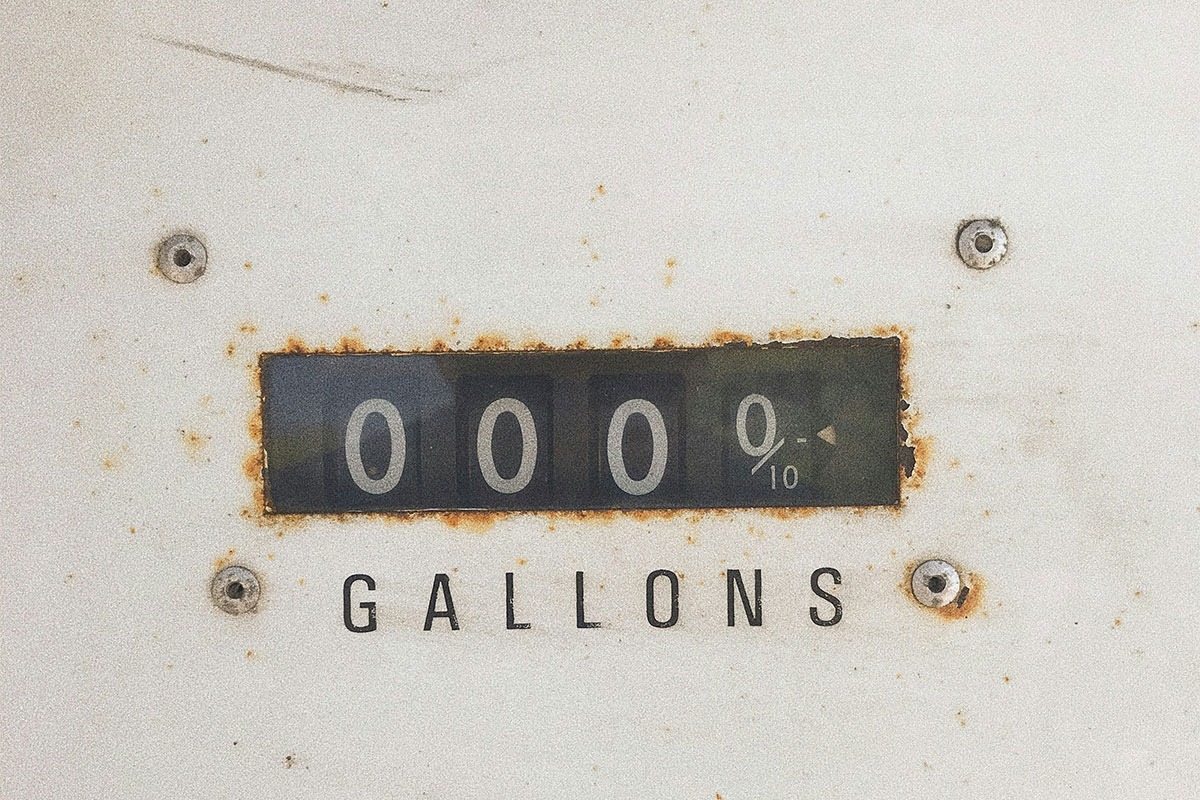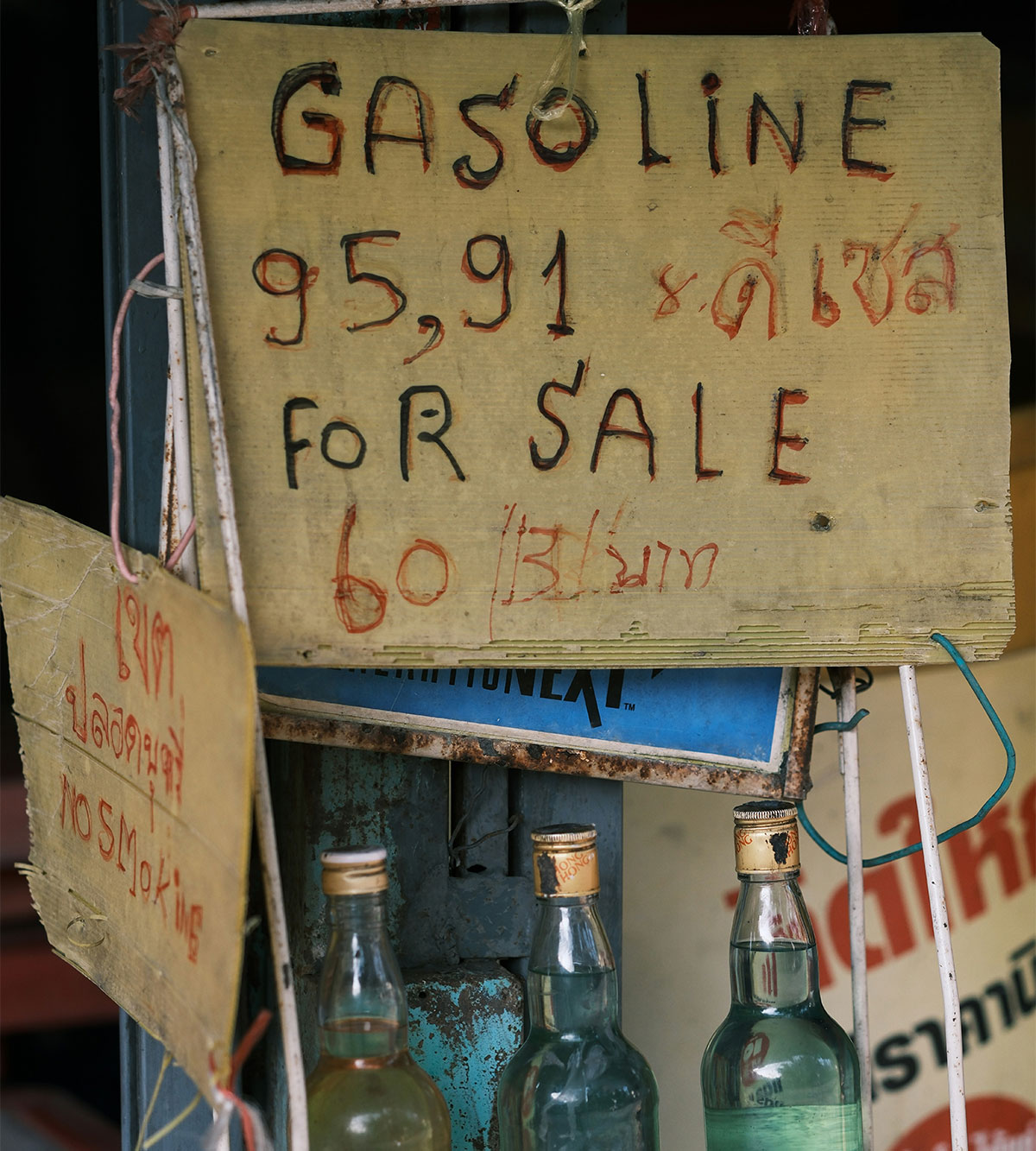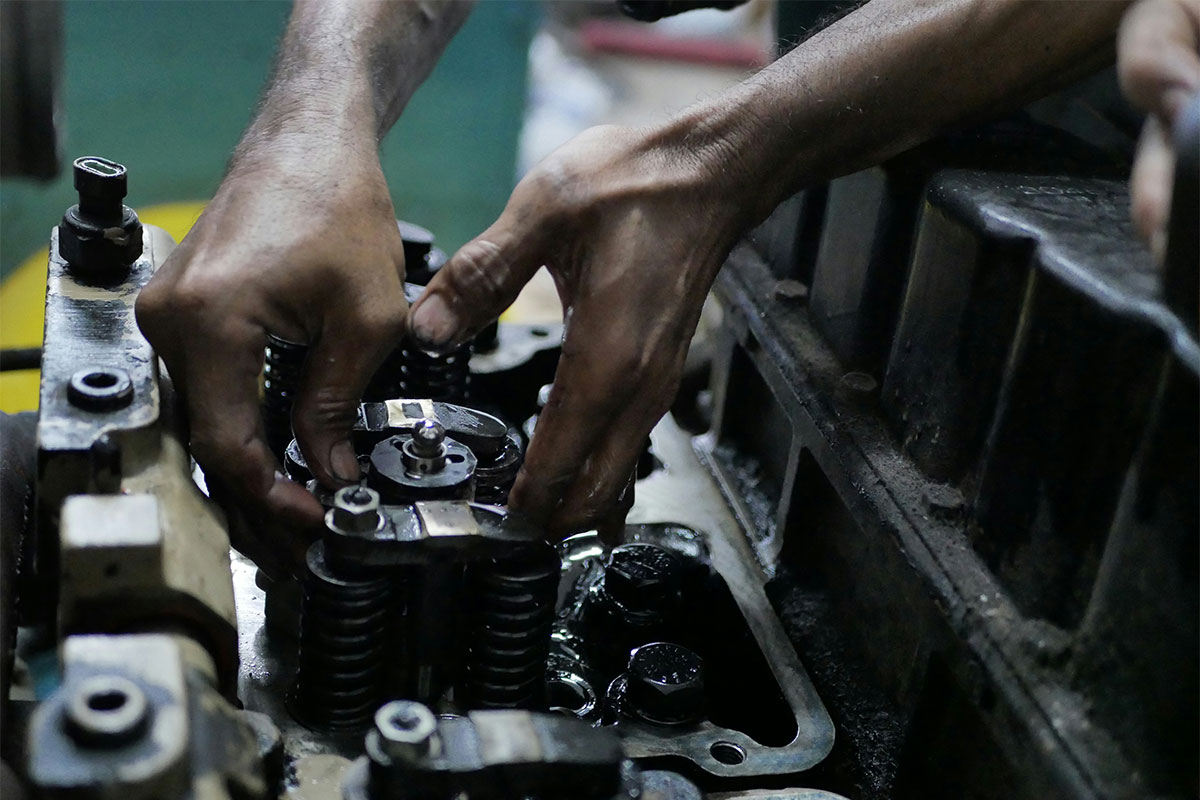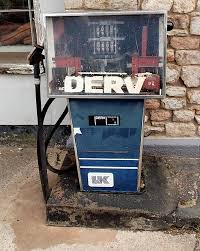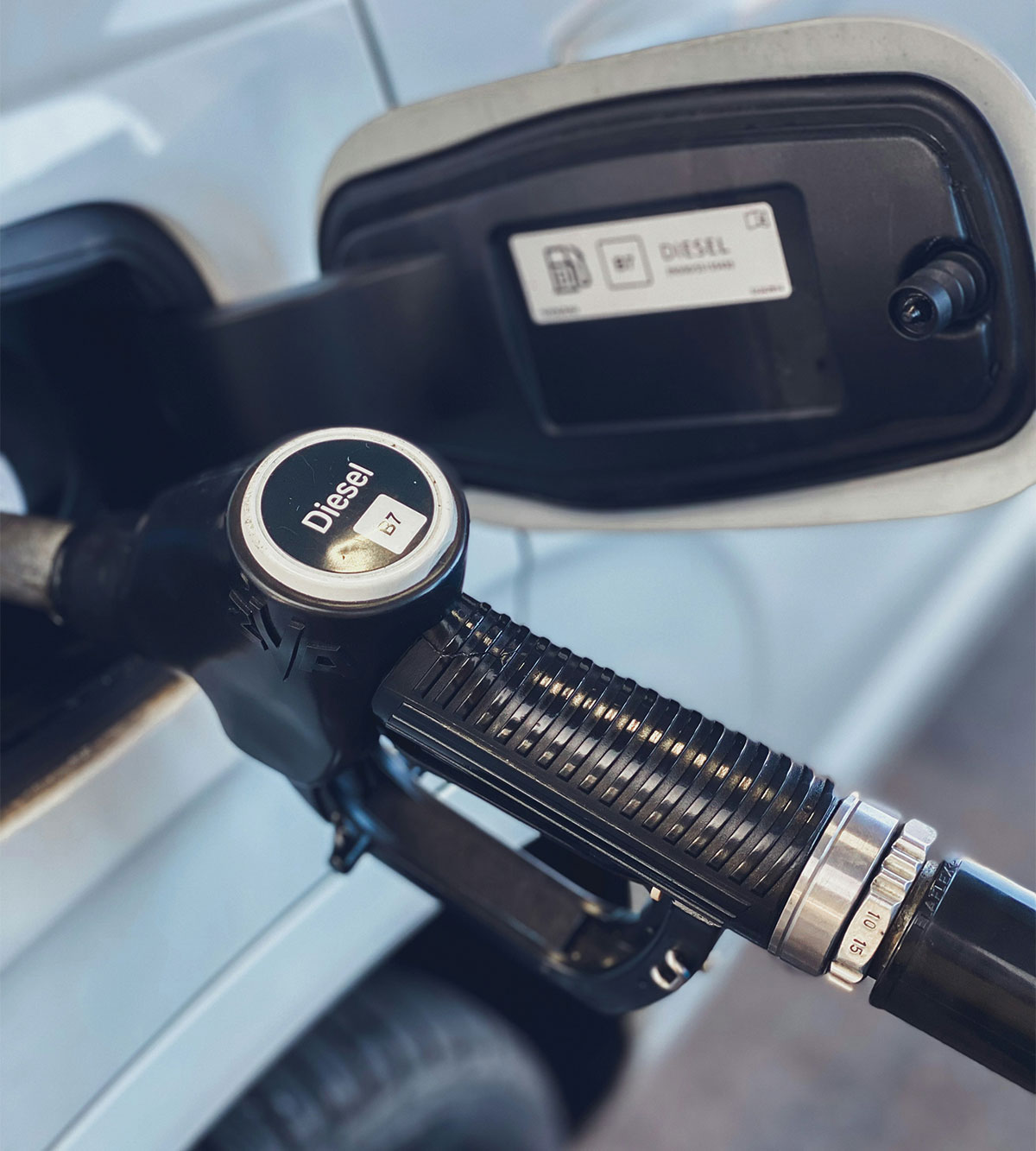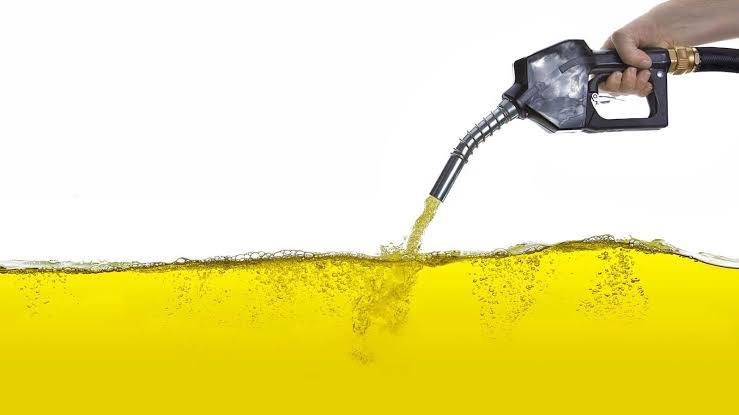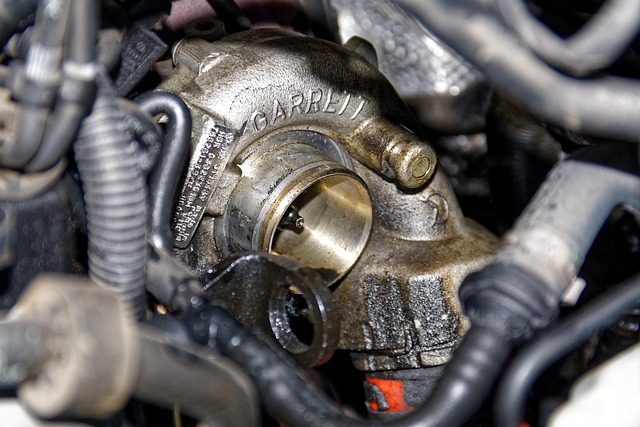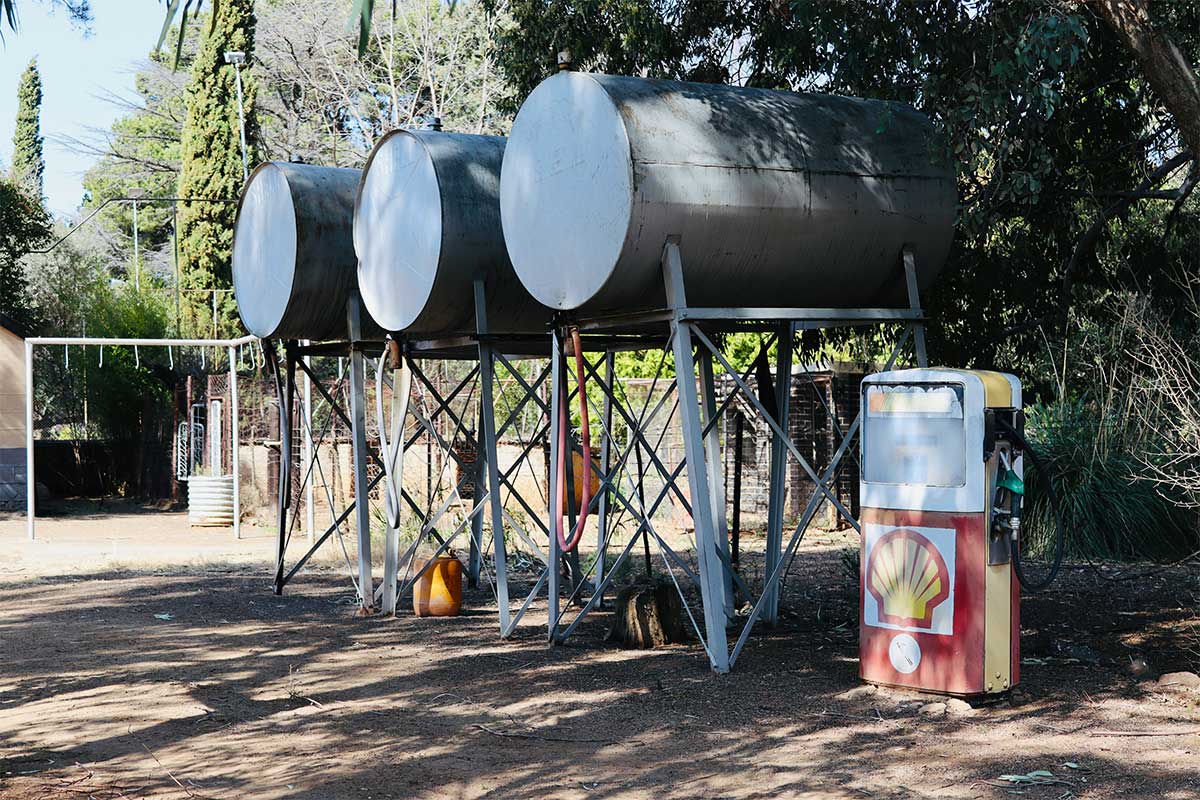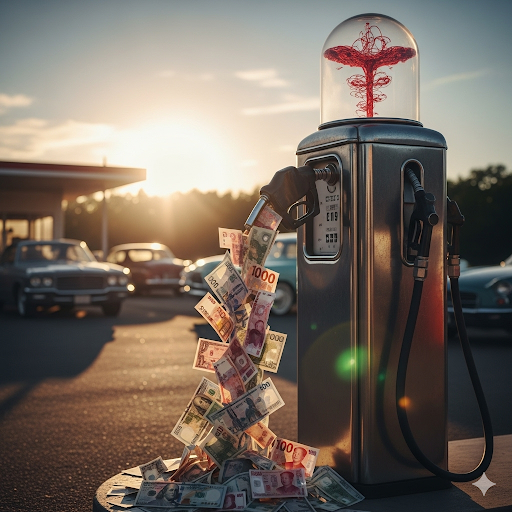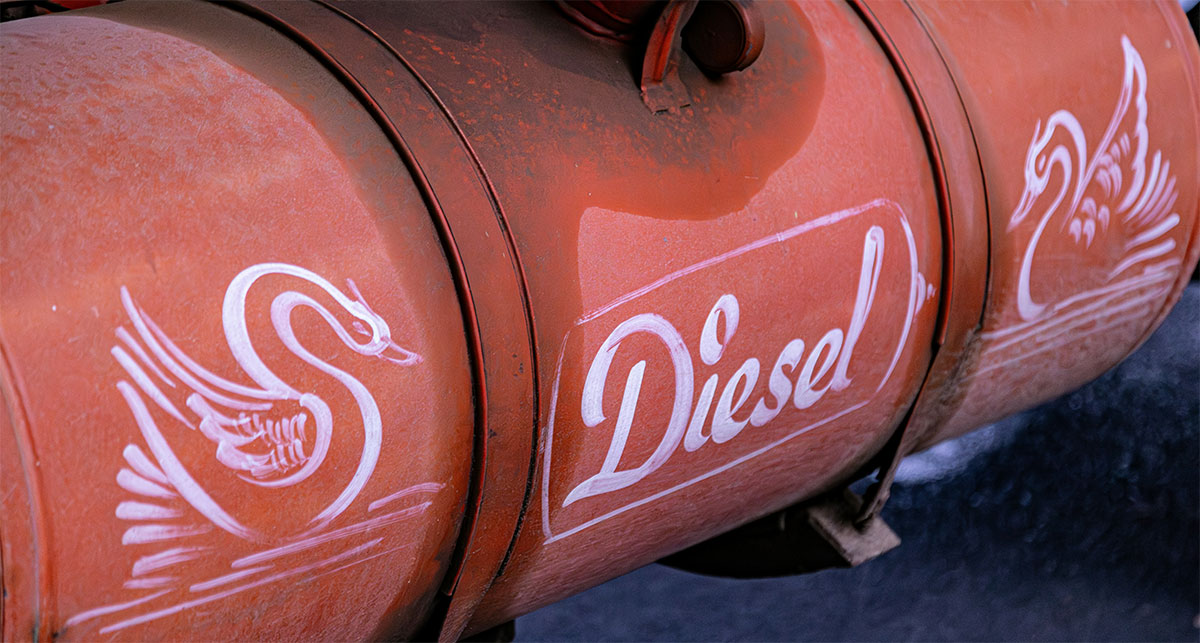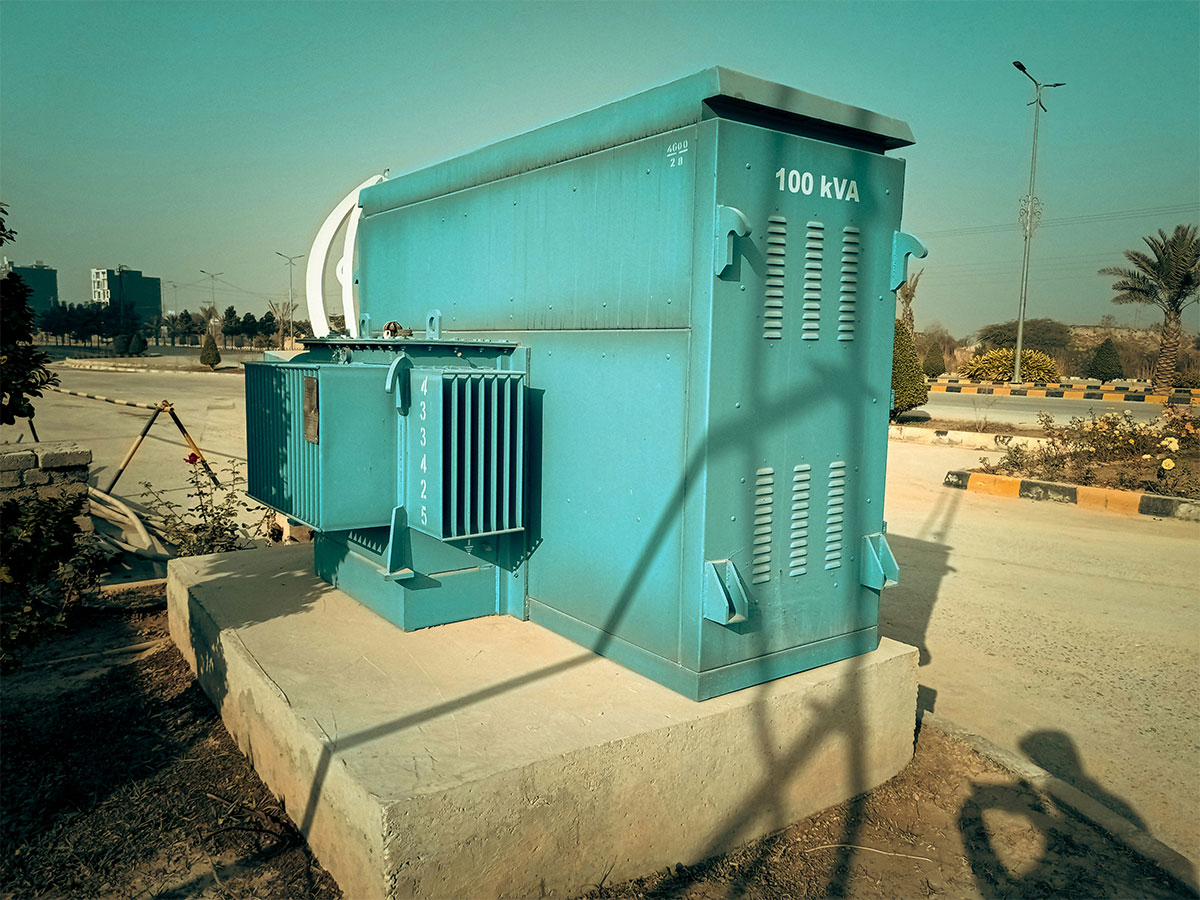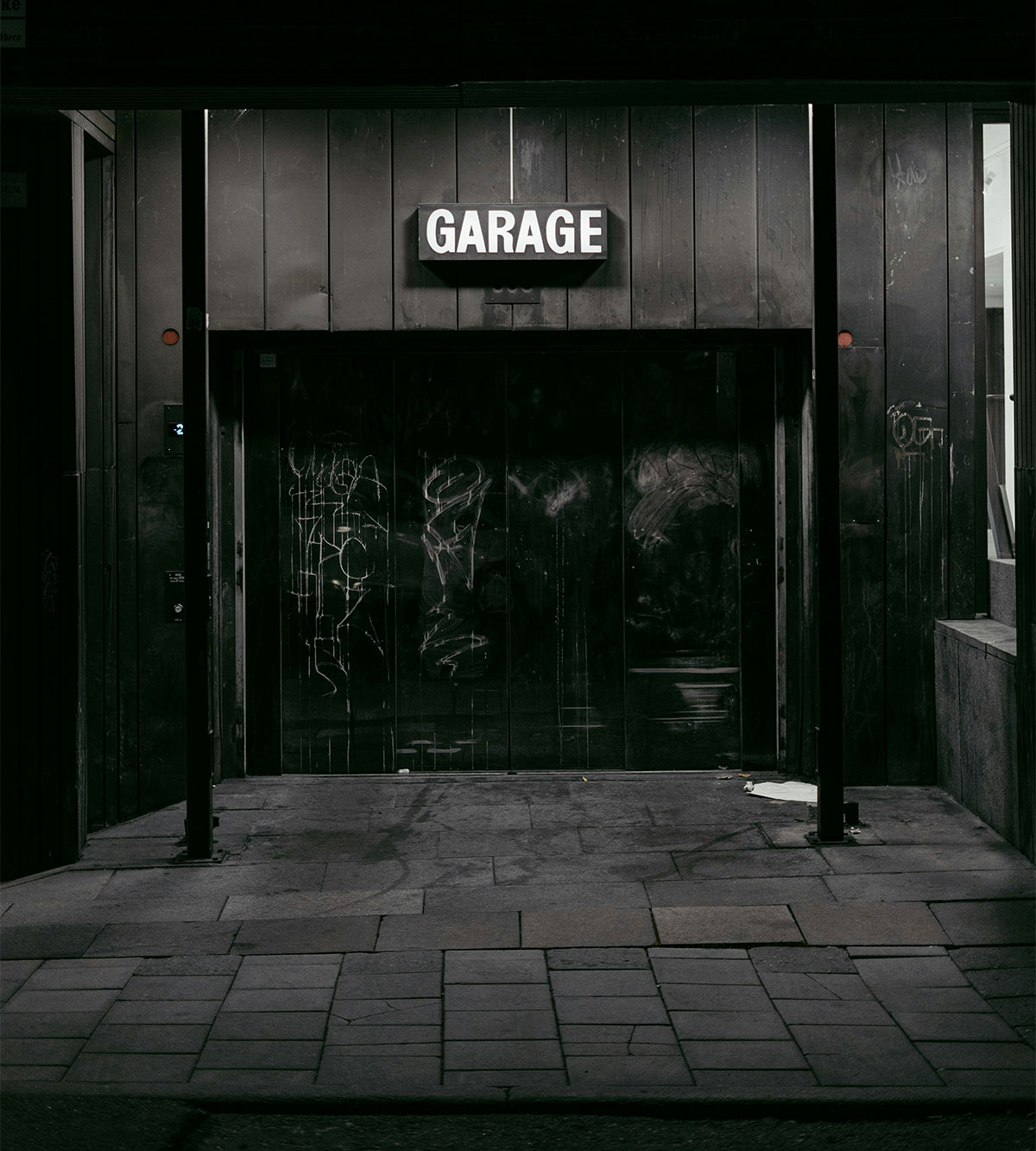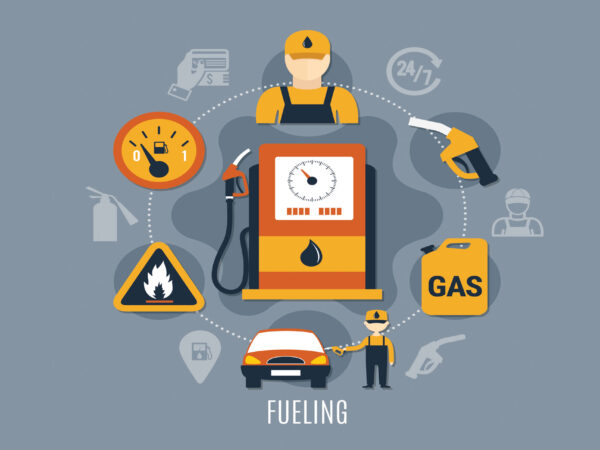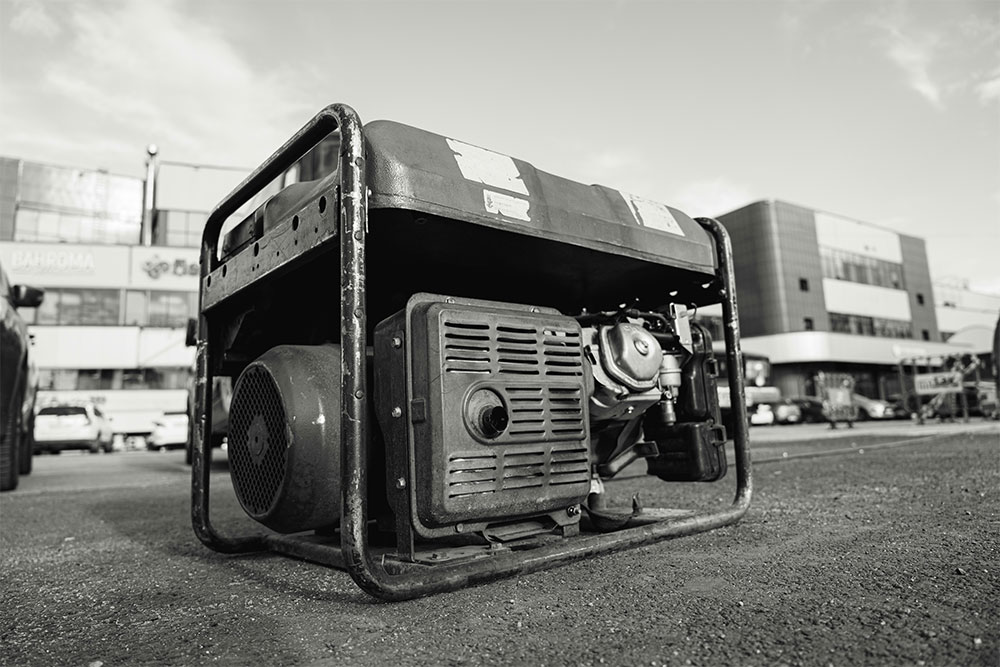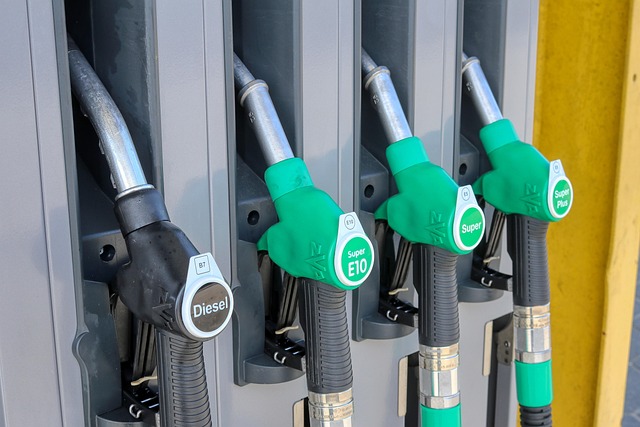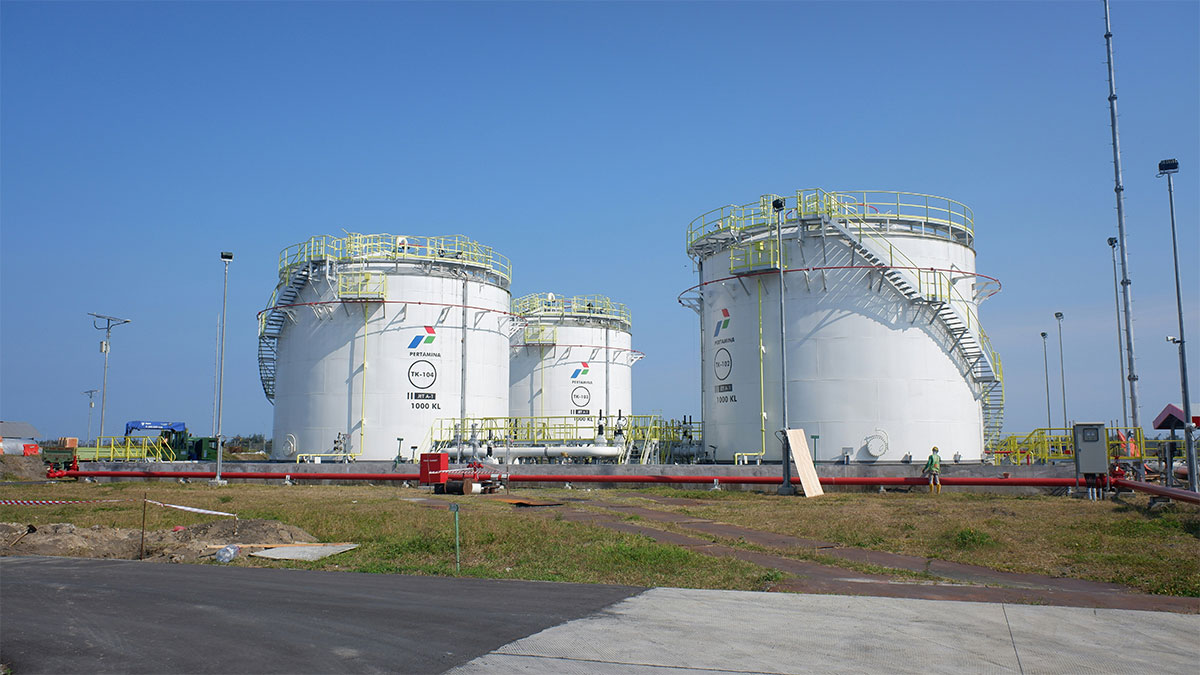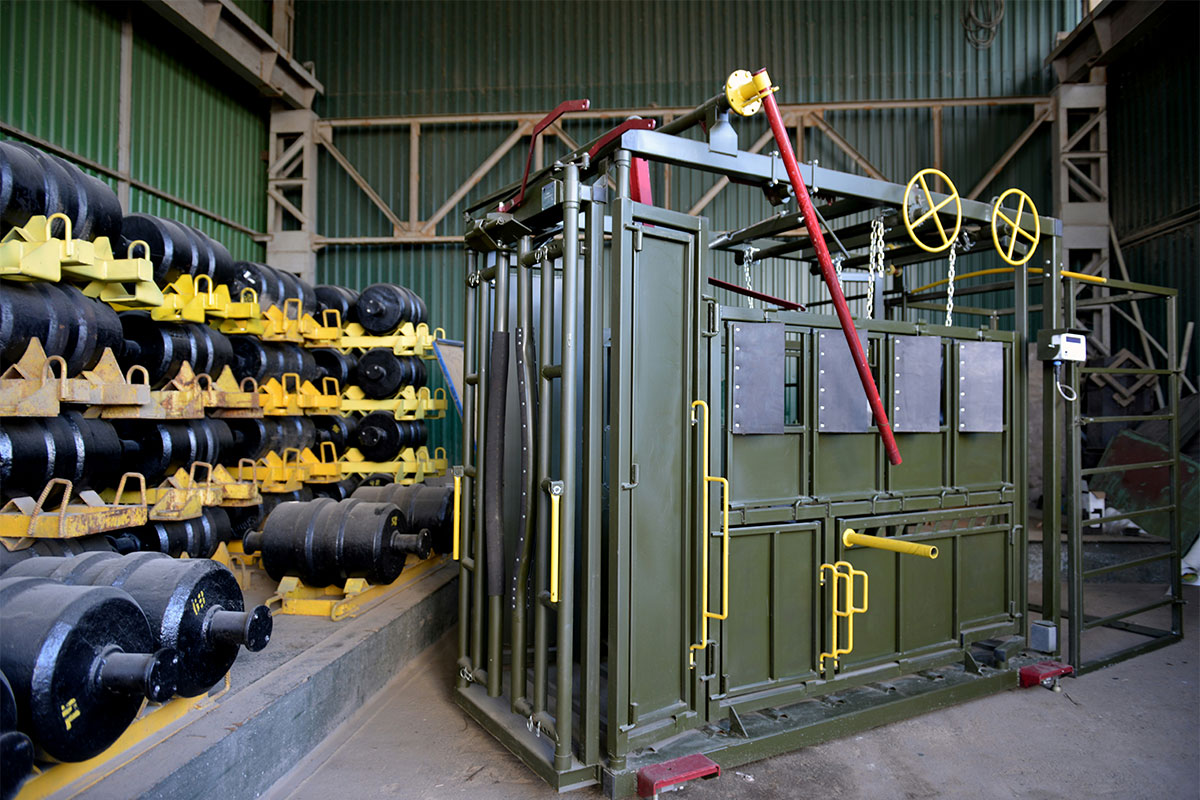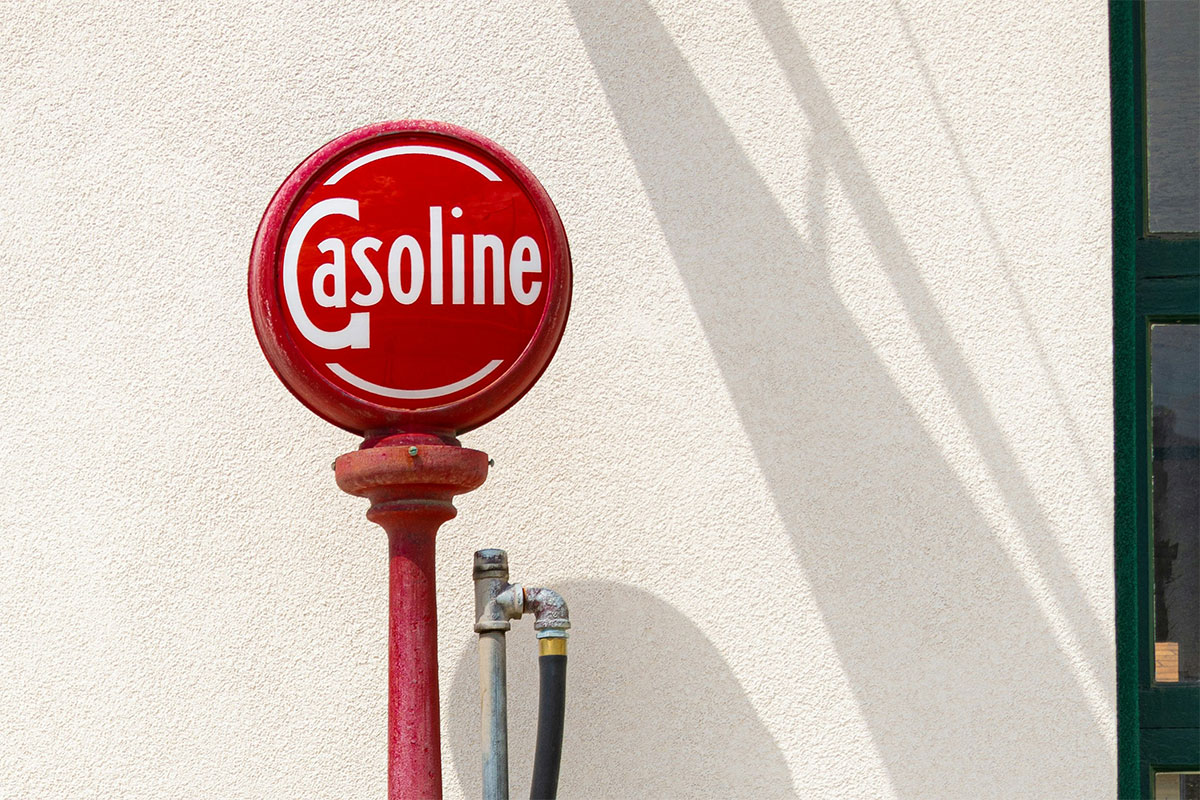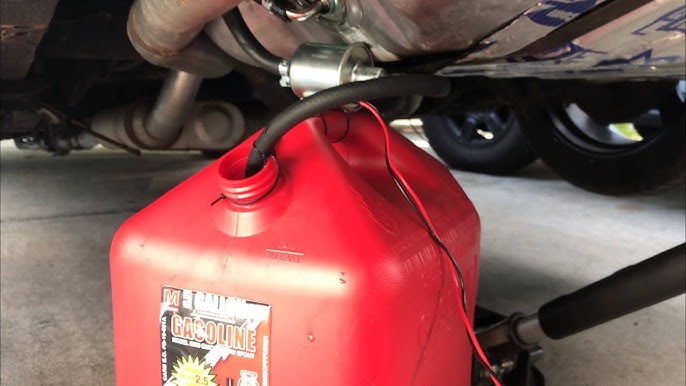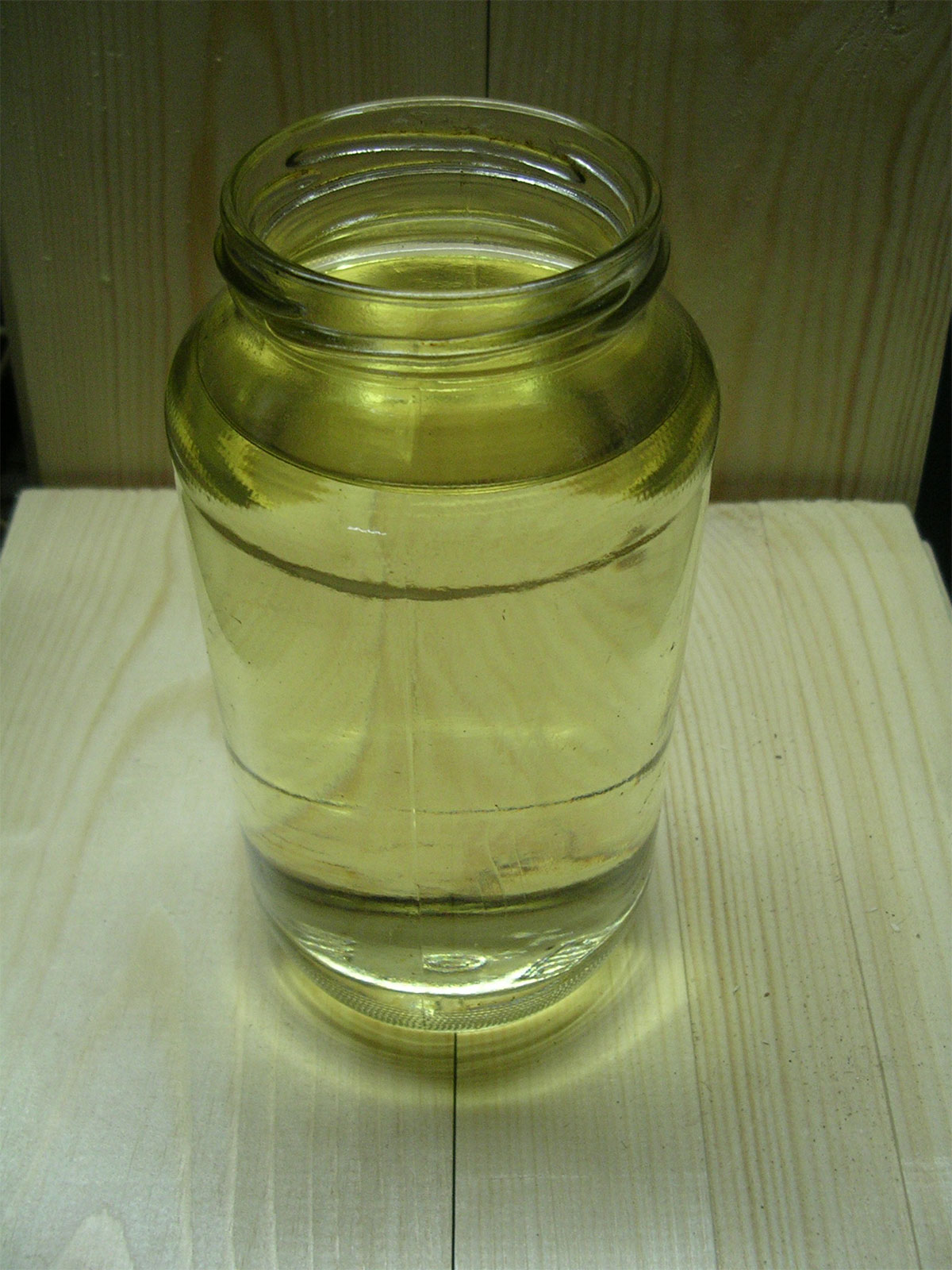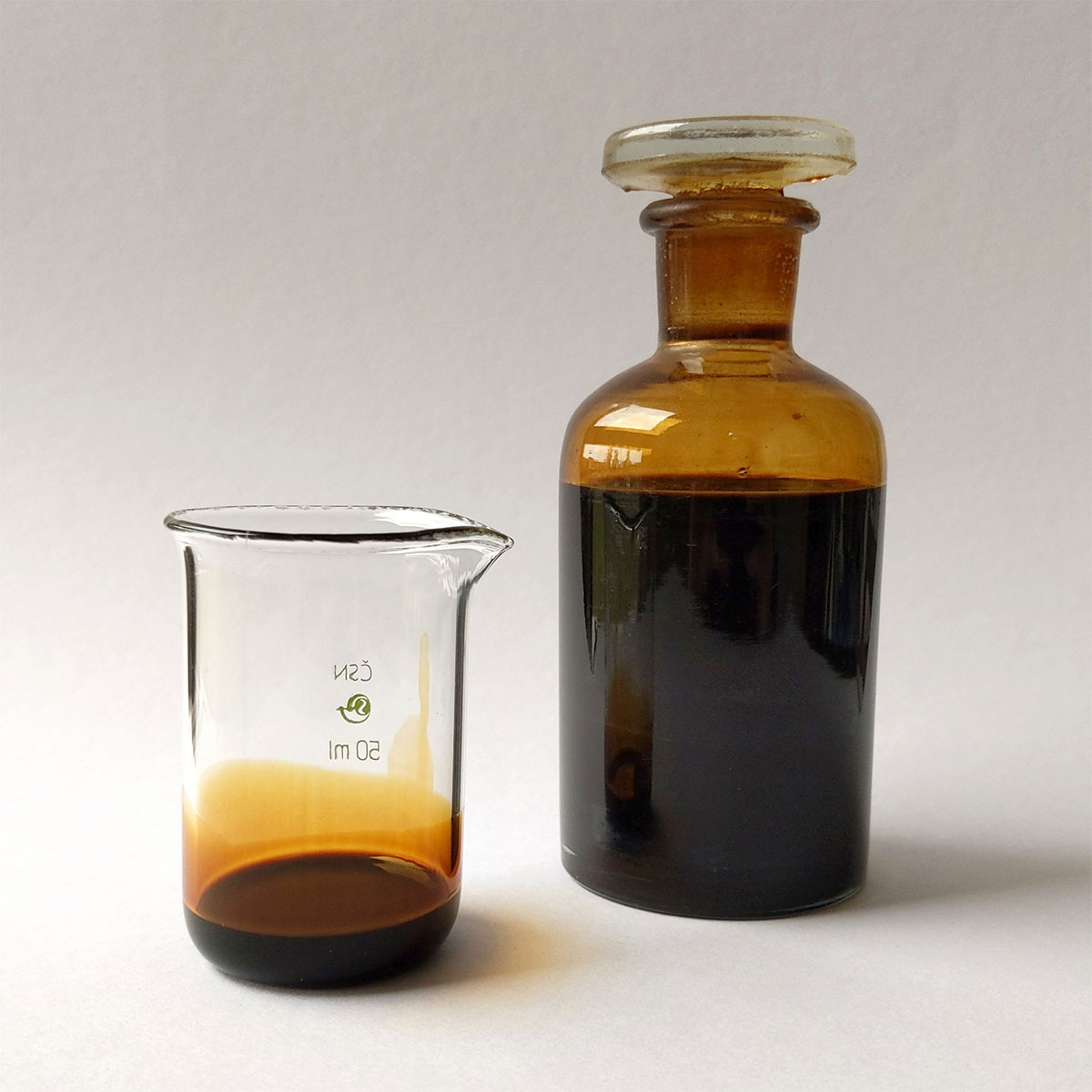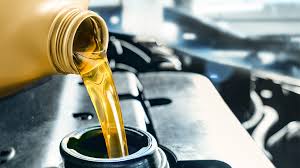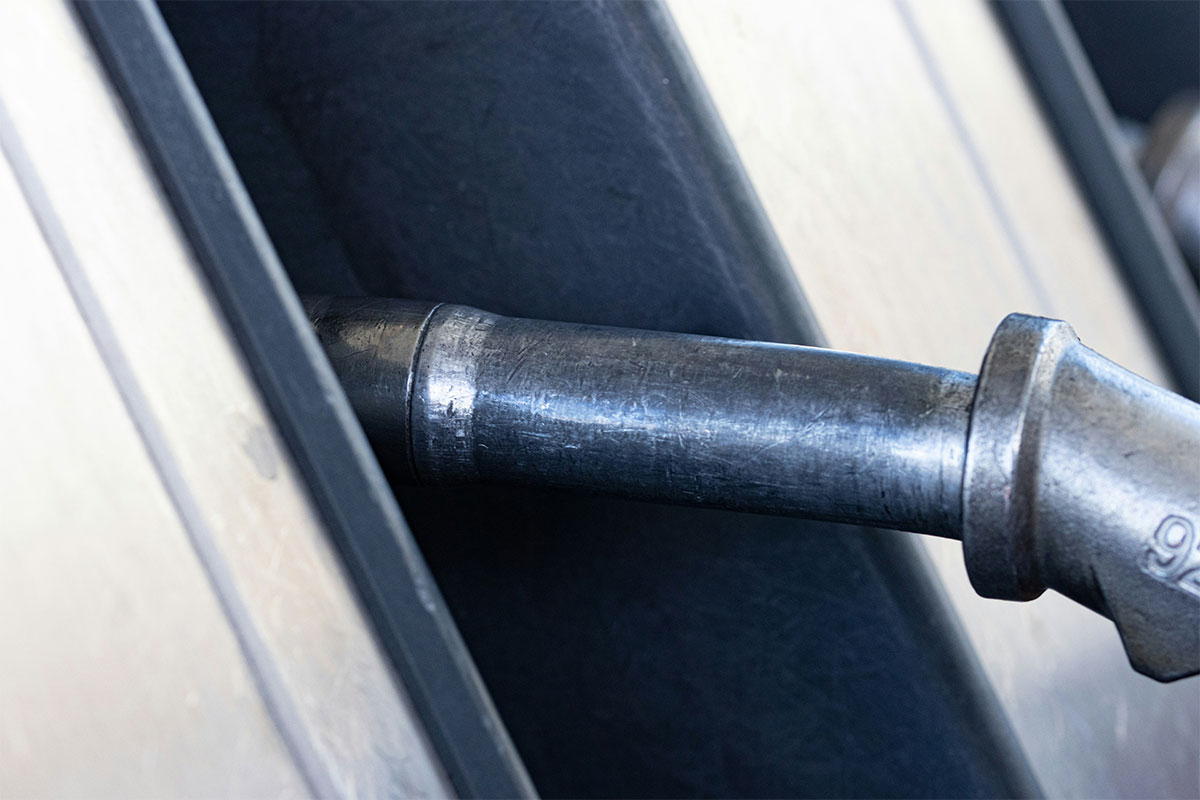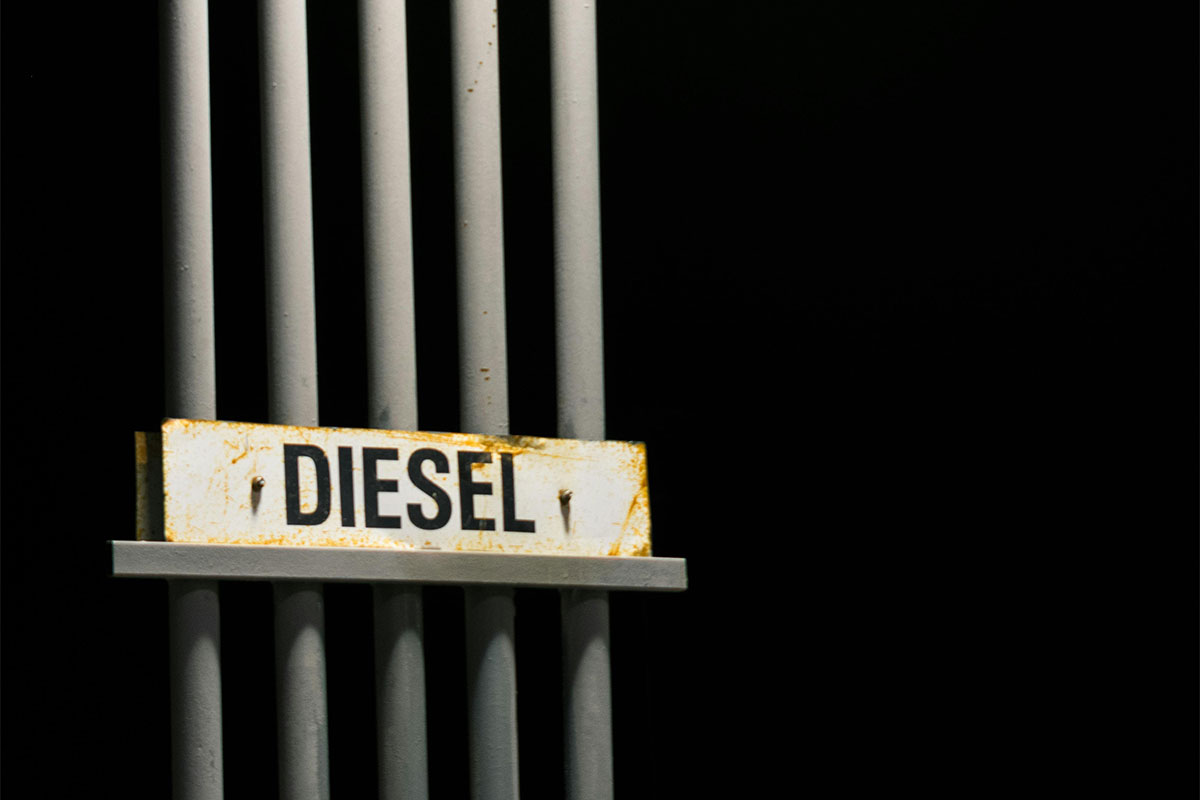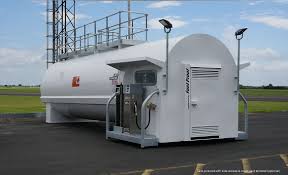Key Takeaways
- Diesel fuel goes bad due to oxidation, water, and microbial contamination.
- The diesel shelf life is 6–12 months, extensible with stabilizers and good storage.
- Bad diesel fuel can cause clogs, engine issues, and operational downtime.
- Use fuel polishing and additives can be used to revive old diesel fuel.
- Proper containers and sealed storage conditions preserve diesel fuel lifespan.
Table of Contents
Does Diesel Go Bad?
Diesel goes bad, there’s no doubt about that. Not only does it get bad, it does so faster than you would expect. Once diesel is exposed to air and moisture, some of its compounds which can easily be attacked by microbes and oxidized begin leading to its degradation. When this happens, diesel begins losing its ability to burn efficiently. When diesel goes bad, it becomes cloudy, emits a sour odor, becomes sludgy and develops particulates.
The shelf life of diesel typically ranges from 6-12 months. However, if you want to extend the shelf life of your diesel supply, you can introduce additives and stabilizers. But even with the additives, stabilizers, proper storage, diesel does eventually expire. When diesel is bad, it loses combustion abilities, becomes unsafe to use and will cause damage to the engine.
Can Using Expired Diesel Damage Your Engine?
If you use expired diesel, you run the risk of causing serious harm to your engine because when fuel expires, it loses some of its chemical integrity and forms acids and particulates that will block fuel filters and injectors.
Not only does bad diesel result in serious engine issues, but most manufacturers will not fulfill warranty obligations for engines whose damage is caused by bad diesel fuel. The results of bad diesel are misfiring of the engine, corrosion of storage tanks, engine start fails and ultimately engine knocking.
No matter what, if you suspect your diesel is bad, don’t use it. Especially since you can avoid finding yourself with bad diesel.
Storing Diesel Long-Term? Don’t Let It Go Bad.
Most diesel only lasts 6–12 months. Our free fuel storage guide shows you how to keep diesel stable, clean, and engine-ready—even years later.
Is It Safe To Use Old Diesel Fuel?
Old diesel can be used if it isn’t bad, basically, its use will depend on the length of its storage and the conditions under which it has been stored. So, while diesel fuel has a shelf life between 6-12 months, it is possible to use it even longer than then if it was properly stored and has been treated with stabilizers and additives prior to storage.
If fuel has been degraded, it can be revived, but it is better to always check fuel that has been in storage for a long time before using it. If you notice cloudiness, changing colors, tending towards black, odd smells and any sediments, you have diesel fuel which is bad or getting bad. If you notice advanced signs or degradation such as sludge formation and microbial blooms are noticed, it becomes very unconducive to use. Generally, it is better to be cautious and test before using stored diesel fuel, and for critical equipment, it is better not to push diesel life expectancy.
How Long Can Diesel Be Stored In A Tank?
The shelf life of diesel fuel that hasn’t been stabilised, typically varies between 6-12 months. If you want your diesel to last longer, the stabilizers used, the tank type and its surrounding environment are the factors that will determine how much longer it can last, basically, if diesel fuel storage is dark, airtight, cool and if the fuel it treated with stabilizers, the diesel can last for until 18-24months.
For tank storage, underground offers great thermal insulation and less risk of oxidation so it is ideal for longer term storage. Above-ground storage tanks (ASTs), however, are more exposed to temperature swings and UV, accelerating diesel degradation. The material of the tanks is relevant too, steel tanks are good insulators but can easily be corroded, whereas polyethylene tanks are durable but need protection from the sun. In exceptional cases when fuel is properly stored,sealed and kept away from oxygen, the lifespans of diesel fuel can stay useful for a very long tim. In such cases, if the fuel has been stored for 3-5 years, it can be reused if it is tested l polished and certified fit for usage.
Think Your Diesel Has Gone Bad? It Might Not Be Too Late.
Discolored or smelly fuel doesn’t always mean disposal. Learn how fuel polishing and stabilizers can bring degraded diesel back to life—before it costs you a new engine.
How Can You Tell If Diesel Fuel Is Bad?
Symptoms that diesel fuel has gone bad are usually easy to spot. You can spot bad diesel as it looks darker, hazy, or cloudy, with sediment or sludge collecting at the bottom. It will also emit an odor that is rancid or metallic. If used in cars or power generators, bad diesel can be spotted by blocked filters which trap particulates formed during diesel oxidation causing hard starts, sputters in the engine, increased exhaust smoke, reduced engine power and poor fuel economy.
In tanks, the symptoms of bad diesel fuel are layers of slime and corrosion of the tank walls caused by the byproducts formed due to microbial growth in the fuel. It is easy to revive bad fuel, if it is detected early, and in case it is found late, safely discarding it is the best thing to do.

How To Test Old Diesel Fuel Before Using It?
You can test old diesel fuel to know whether it is safe to use in the following ways;
- Visually, if you notice that diesel looks cloudy, sludgy or discoloured, it may be degraded
- You can also tell if diesel is bad if you perceive a sour odor. Diesel that’s gone off smells horrible and metallic.
- You can also carry out a simple field test by putting the diesel fuel in a glass, letting it settle and checking for particulates and water layers.
- Lab analysis can also tell if diesel fuel is bad by detecting microbial growth and higher acidity levels. Chemical analysis is ideal for fuel used for commercial purposes and stored in large tanks.
Routine testing ensures your diesel fuel life hasn’t reached its end. It’s far cheaper to run a test than to replace blocked filters or damaged engines due to expired diesel fuel.
Need Mobile Fuel Cleaning On-Site? We’ll Save Your Tank.
Don’t dump thousands of gallons of diesel. Our mobile polishing service restores fuel on-location, clears out sludge, and keeps your generators or fleets running clean.
Can You Rejuvenate Old Diesel Fuel?
It is possible to rejuvenate old diesel fuel, but only if the degradation level isn’t too advanced. Introducing stabilizer in degraded diesel fuel can reverse oxidation and revamp combustion capacity. Biocides, reverse microbial contamination and protect against further damage, especially in tanks where there is water.
For more advanced recovery, fuel polishing systems use multi-stage filtration to remove water, sludge, and particulates. This process will restore diesel to its original color and make stored diesel combustible again.When fuel is polished, it will often meet standards of performance suitable for engine use saving a lot of money on fuel lost due to degradation. However, fuel that’s black, sludgy, or smells rancid may be beyond saving.
For businesses, our mobile diesel fuel cleaning service ensures safe restoration on site minimizing equipment downtime. Don’t discard thousands of gallons, bad diesel fuel can often be saved with the right tools and know-how. If you give us a call, we can figure it out together.
What Are Some Tips To Make Diesel Last Longer?
The following tips and best practices can be used to maximise your diesel fuel storage life;
- Always keep tanks as full as possible to reduce condensation and air exposure.
- Use quality diesel fuel stabilizers right from the start, especially for seasonal storage.
- Store fuel in cool, dark, and dry places to limit oxidation and microbial growth.
- Use airtight containers to reduce oxygen infiltration, which accelerates diesel degradation.
- Check tanks often for water accumulation in humid places and use biocides to slow down and reverse microbial growth.
- Rotate stock using a “first-in, first-out” method to avoid letting fuel sit too long.
- In colder regions, consider winterizing additives to avoid gelling.
- For long-term storage, polished fuel should be tested annually.
Following these guidelines extends the lifespan of diesel fuel, preventing spoilage and ensuring performance when it’s finally needed.
How Can You Store Diesel Fuel Properly?
TTo extend diesel shelf life and maintain fuel quality, storage is very critical. The following best practices for storage are key to ensure proper storage;
- To store properly, you must use high grade storage containers such as steel drums which are durable and polyethylene drums which are UV resistant to prevent corrosion.
- Store tanks containing diesel fuel in shaded, cool environments, away from heat and sunlight.
- Always keep tanks sealed tightly to prevent oxidation and water intrusion.
- Avoid placing tanks around flood zones or in areas with high humidity.
- Ventilation systems should include desiccant filters to block moisture from entering.
- Use stabilizers and biocides immediately after filling to prevent microbial growth and oxidation.
- Ensure storage containers are cleaned regularly to prevent sludge buildup.
By following these steps, your diesel fuel storage life can be significantly extended, saving time and money.
For long-term storage needs, consider our premium diesel fuel storage tanks, designed for stability, safety, and regulatory compliance.
How Does Water Or Oxidation Affect Diesel Fuel Quality?
The two most dangerous risk factors that reduce diesel fuel shelf life are water and oxidation.
Water usually gets into a tank through leaks or condensation, promoting microbial growth. The microbes then feed on hydrocarbons, releasing acids, corroding the tanks and turning the fuel sludgy. or and oxidation are the two most destructive forces that shorten diesel fuel shelf life.
Exposure of diesel fuel to oxygen leads to oxidation. This causes the fuel to be formed into gums,to varnish and develop insoluble particulates. These residues block fuel filters, injectors and reduce combustibility. As the oxidation reaction carries on, diesel fuel goes off and begins to emit a foul odor while changing color.
Combined, water and oxidation significantly reduce the diesel lifespan and make fuel unsafe. Preventing both requires sealed tanks, routine inspections, and the use of biocides or antioxidants. Managing these threats is essential to maintaining your diesel fuel life expectancy, especially in backup power or fleet applications.
What Causes Diesel Fuel To Degrade Over Time?
The breakdown of diesel fuel is driven by multiple chemical and environmental factors;
Oxygen: When exposed to oxygen, oxidation happens, forming gums and acids.
Water in tanks promotes the growth of microbes which feed on hydrocarbons forming acids which corrode the tanks and also lead to sludge formation.
Temperature swings also speed up degradation, especially in above-ground tanks. UV exposure, improper sealing, and lack of fuel treatment exacerbate these issues. Over time, the cumulative effects of water, oxidation, and microbial activity turn clean fuel into a dark substance with a foul smell. Handling practices like opening containers too often or mixing batches with differing ages can further reduce the storage life of diesel fuel. Understanding these degradation mechanisms helps ensure you don’t waste money or damage engines with expired diesel.
What Is Fuel Polishing And How Does It Help Diesel Longevity?
Fuel polishing the act of restoring bad diesel fuel that has started showing signs of degradation. During polishing, contaminants are removed and diesel fuel is made usable once again. It typically involves multi-stage filtration to eliminate water, particulates, and microbial sludge. Advanced systems also add chemical treatments such as stabilizers and biocides, that stop further degradation. Polishing allows you to reclaim existing fuel, saving thousands of dollars. It’s especially useful for large fleets, backup generators, and agricultural tanks where fuel sits unused for long periods. Polishing doesn’t only revive bad diesel it also extends diesel fuel life expectancy, and prevents future damage to injectors and pumps.
If you’re unsure about the condition of your stored diesel, fuel polishing provides a reliable solution.
Contact us today to schedule our mobile fuel cleaning service and protect your investment in long-term diesel fuel storage.
Can Off-Road Diesel Be Stored For Long Periods?
Yes, off-road diesel fuel also known as red diesel can be stored long-term, however, it faces the same risks as regular diesel. Since it’s used for agriculture, construction, and generators, it is usually stored longer than regular diesel.
The key to preserving it lies in proper tank sealing, additives, and regular inspections. Red diesel fuel shelf life is between 6–12 months without treatment. Whether on a farm or worksite, diesel fuel can go bad if neglected. Following best practices ensures diesel fuel lifespan even when demand is seasonal or irregular.





